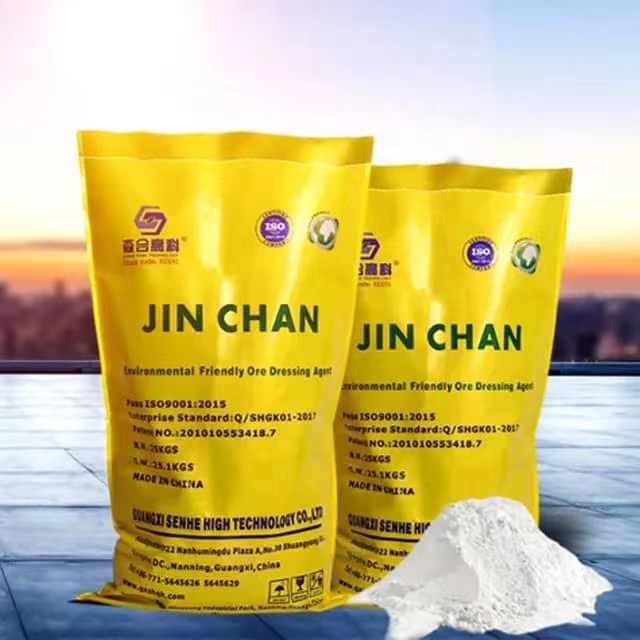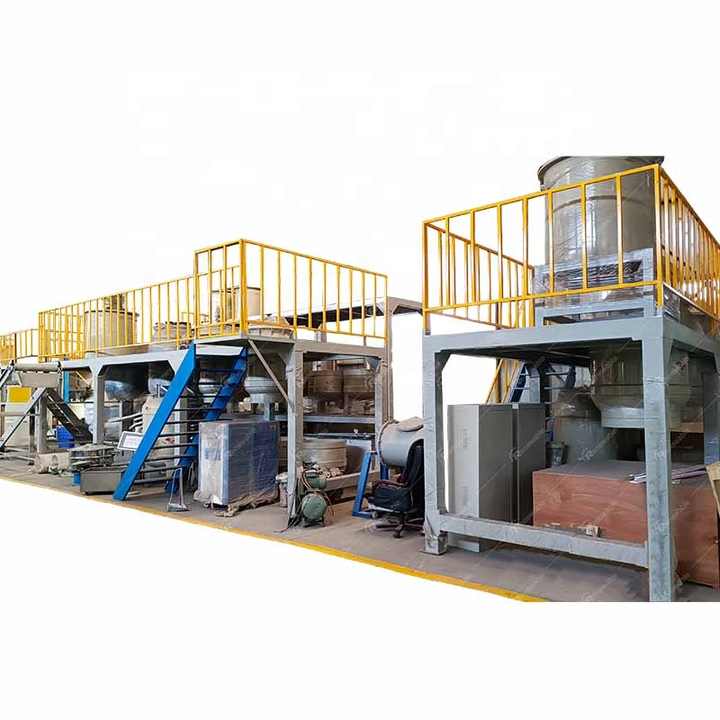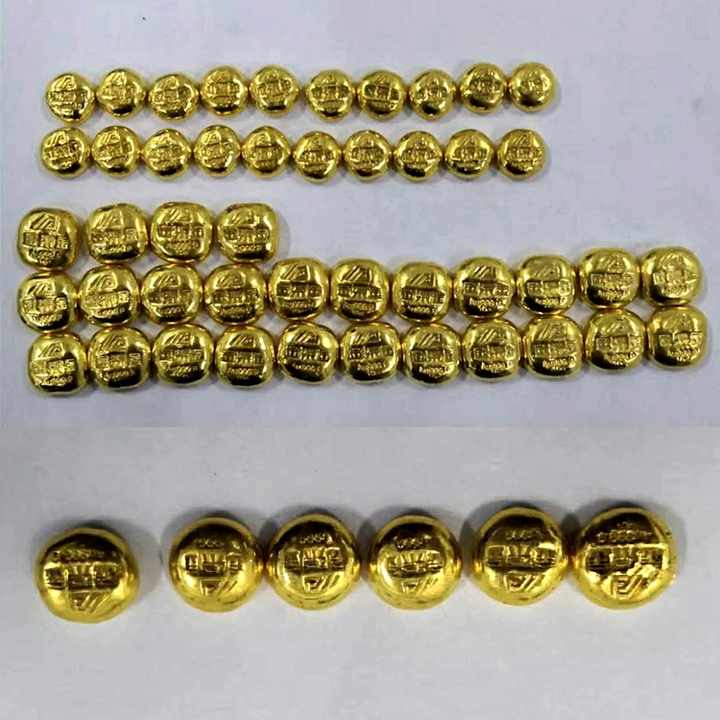Refining Gold With Lead
Refining Gold with Lead: A Comprehensive Guide
When it comes to refining gold, various methods are employed to purify this precious metal. One such method, which has been used for centuries, involves the use of lead. This technique, known as theFRT Machinerylead-silver dore process, is particularly effective in separating gold from impurities. In this article, we will delve into the intricacies of refining gold with lead, exploring its benefits, processes, and applications.

Understanding the Role of Lead in Gold Refining
Lead plays a crucial role in the gold refining process due to its ability to form a low-melting alloy with gold and other metals. This property makes it ideal for separating gold from impurities. When gold ore is melted together with lead, the lead combines with silver and other base metals, forming a separate layer below the gold. This separation is critical in obtaining pure gold, highlighting the importance of lead in the refining process.
FRT Machinery’s Lead-Silver Dore Process
FRT Machinery, a leading manufacturer of mining and refining equipment, offers advanced solutions for gold refining, including the lead-silver dore process. This process begins by melting gold ore with lead at high temperatures. During this phase, gold and lead form an alloy, while impurities are removed through a series of chemical reactions. Once cooled, the solidified alloy is treated further to extract pure gold, showcasing the efficiency of the lead-silver dore process in achieving high purity levels.
Advantages of Using Lead in Gold Refining
Using lead in gold refining provides several advantages over other methods. Firstly, the low melting point of the lead-gold alloy allows for easier separation from impurities. Secondly, the process is relatively simple and cost-effective, making it accessible to small-scale operations as well as large refineries. Lastly, the lead can be recycled and reused, reducing waste and environmental impact. These benefits underscore why the lead-silver dore process remains a popular choice among gold refiners.
Environmental Considerations in Lead-Based Gold Refining
While the lead-silver dore process is efficient, it is important to address its environmental impact. Lead is toxic and must be handled carefully to prevent contamination.FRT Machineryensures that all its refining processes adhere to strict environmental standards, minimizing the risk of lead exposure. By implementing proper safety protocols and recycling procedures, the environmental footprint of gold refining with lead can be significantly reduced, promoting sustainable practices within the industry.
Technological Innovations in Lead-Based Refining
To enhance the efficiency and sustainability of lead-based gold refining,FRT Machinerycontinues to invest in research and development. Innovations include the development of more efficient furnaces and improved chemical treatments that reduce the amount of lead required. These advancements not only improve the refining process but also contribute to a safer and cleaner environment, demonstrating the company’s commitment to advancing the industry through technology.
Future Prospects of Lead in Gold Refining

Looking ahead, the role of lead in gold refining is expected to evolve with new technologies and stricter environmental regulations. While alternative methods are being explored, the lead-silver dore process remains a viable option due to its proven effectiveness and cost-efficiency. AsFRT Machinerycontinues to innovate, the future of lead-based gold refining looks promising, ensuring that this ancient technique remains relevant in modern times.
By understanding the principles behind refining gold with lead, one can appreciate the intricate balance between tradition and innovation that drives the gold refining industry forward.FRT Machinerystands at the forefront of these advancements, providing reliable and sustainable solutions for a cleaner, more efficient future in gold refining.















